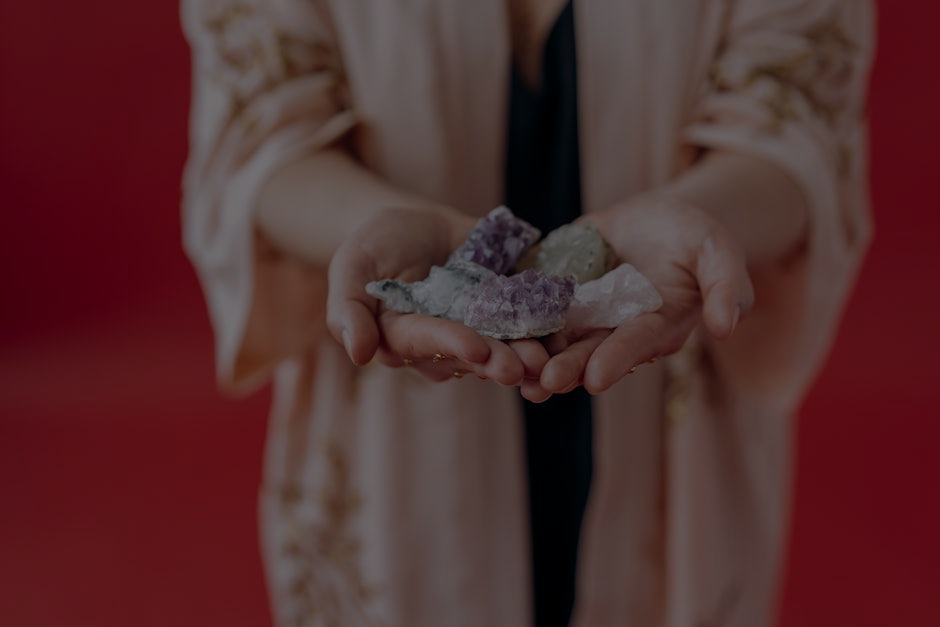**Title: Transform Your Home: Harnessing Feng Shui for Positive Energy and Family Harmony**
**Abstract:** Discover how Feng Shui can create a positive energy environment in your home, enhancing family harmony and well-being. Learn practical tips to transform your living space effectively.
Understanding Feng Shui: A Path to Positive Energy
Feng Shui, an ancient Chinese practice, revolves around the belief that our surroundings influence our energy and well-being. By aligning your home with the principles of Feng Shui, you can cultivate a harmonious atmosphere that promotes health, happiness, and prosperity. The practice emphasizes the flow of chi, or life energy, and how it can be harnessed to create a nurturing environment for your family. This holistic approach not only beautifies your home but also enhances emotional and physical well-being.
The Importance of Space Arrangement
One of the core principles of Feng Shui is the arrangement of furniture and space. Positioning your furniture thoughtfully can enhance the flow of energy throughout your home. For instance, placing your bed in a commanding position—facing the door but not directly in line with it—allows you to feel more secure and in control. Similarly, decluttering spaces can significantly improve energy flow, making your home feel more open and inviting. Regularly assess your living spaces and make adjustments to promote a sense of calm and balance.
Color Choices and Their Impact
Colors play a vital role in Feng Shui, as they can evoke specific emotions and energies. For example, warm colors like red and orange stimulate energy and passion, while cooler shades like blue and green promote tranquility and relaxation. Consider the activities that take place in each room and select colors that align with the desired mood. A well-thought-out color scheme can transform your home into a sanctuary that nurtures positive energy and fosters family connections.
Incorporating Natural Elements
Bringing nature indoors is another essential aspect of Feng Shui. Incorporating plants, natural materials, and water features can significantly enhance the energy of your space. Plants not only purify the air but also symbolize growth and vitality. Choose low-maintenance plants like snake plants or peace lilies to ensure you can easily maintain them. Additionally, the sound of water—whether from a fountain or a small aquarium—can create a soothing ambiance, promoting relaxation and harmony within the family.
Mindful Decor: Symbols and Intentions
Feng Shui encourages the use of decor that reflects your intentions and aspirations. Items such as family photos, meaningful artwork, and symbols of prosperity can enhance the energy of your home. For example, placing a family portrait in the living room can strengthen family bonds, while a vision board in a dedicated space can serve as a constant reminder of your goals. Ensure that the decor you choose resonates with positive energy, contributing to a nurturing atmosphere for your loved ones.
Creating Sacred Spaces for Reflection
Designating areas in your home for reflection and mindfulness can also improve your family’s well-being. A quiet corner with comfortable seating, soft lighting, and calming elements can serve as a retreat for family members to unwind and reconnect. Encourage regular family gatherings in these spaces to foster communication and strengthen relationships. By prioritizing moments of reflection, you can cultivate a deeper sense of understanding and connection among family members.
Conclusion: Embrace Feng Shui for Family Wellness
Incorporating Feng Shui principles into your home can profoundly impact your family’s well-being and harmony. By understanding the importance of space arrangement, color choices, natural elements, mindful decor, and sacred spaces, you can create an environment that nurtures positive energy. Embrace these practices to transform your living space into a sanctuary that promotes health, happiness, and lasting connections. Start today, and witness the positive changes in your family dynamics and overall quality of life.



